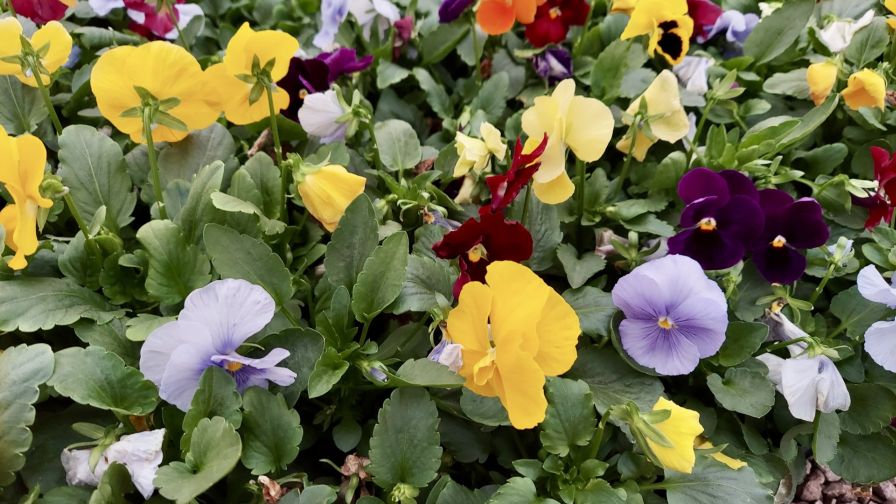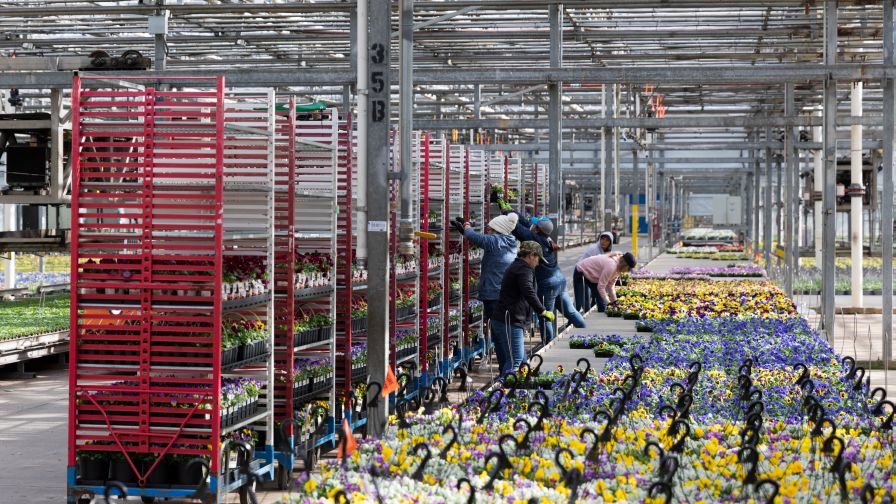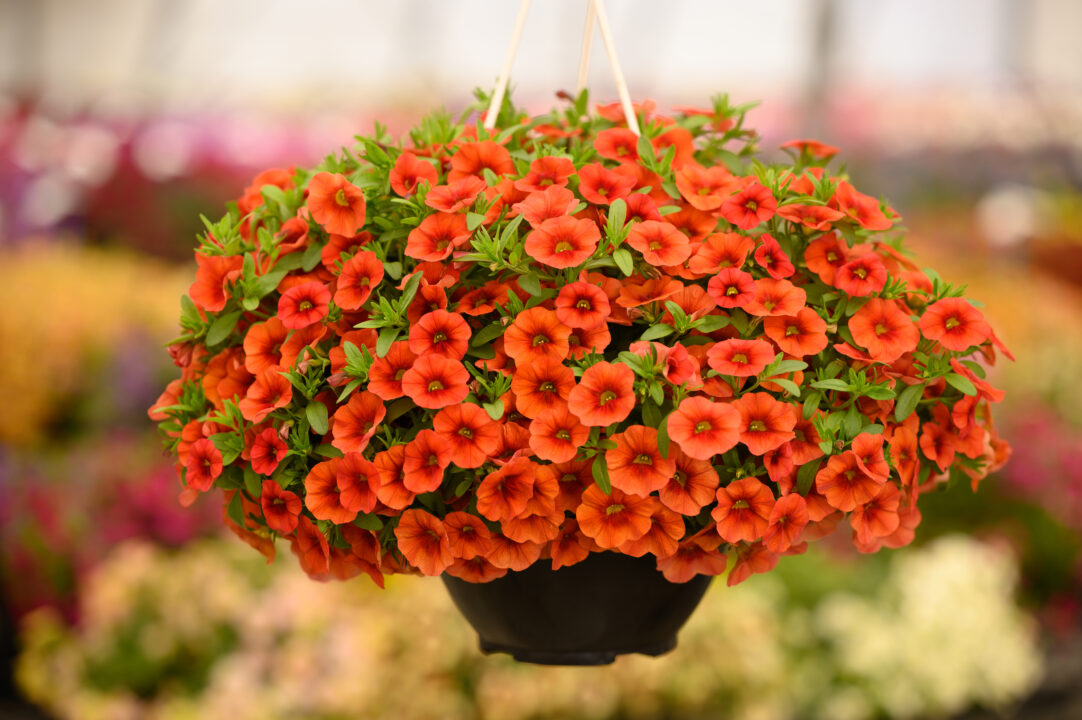In Poinsettias, It’s How You Sell, Not What You Sell
Poinsettias looked as good at retail as I have seen in recent years, demonstrating great plant quality and some real consumer value. Take, for example, the 8-inch poinsettia produced by Mid-American Growers retailing at a Chicago Walmart for an amazing $10 value. Poinsettias at other retailers were, for the most part, above average in quality and even a good consumer value.
With so many reds on the market, it is difficult to discern which varieties stand out. Fortunately, while I was at Tagawa Garden Center, a Denver retailer that sells poinsettias by variety, I noticed ‘Premium Red’ stood out as very bright and as one of the most attractive reds.
I also spotted a number of ‘Premium Red’ at Lowe’s in Northern Wisconsin, which looked good in natural light and under in-store lighting.
Colors & Varieties
Now that it is clear product quality is improving, what about selection? Although red has and will continue to dominate, particularly in the poinsettia’s mid-season, there are a lot of novelty colors that resonate well with the consumer based on my observations of picked-over shelf space.
‘Ice Punch’ looked fantastic, as growers have now learned how to put some size on it. It looked very appealing at Home Depot in Baltimore. Home Depot had Christmas novelties in small ceramic-themed figures with a 2-inch poinsettia retailing for $6.99. Baltimore Home Depots also had some of the best ‘Monet’ in 8- and 10-inch pots that were far above average.
Packaging
On the packaging front, there are more sleeves being used with a built-in handle – a real convenience for the consumer and arguably more protective in colder winter climates. Freezing and damaging poinsettias between the store and the car is a real concern. I saw this first hand in one market, where the temperature was 30°F with a 25 mph wind. I observed a number of plants in shopping carts being transported across the parking lots without sleeves. It makes you wonder what impact packaging has on current and future sales in colder climates.
In many stores, sleeves are slid down to the bottom of the pot for constructing more visual and compelling displays. As the consumer picks up the plant, the sleeve remains on the shelf. If they buy the plant, many times the sleeve stays and the consumer leaves with an unprotected plant.
Novelties
How about painted poinsettias? For the past two seasons, I have seen a lack of interest from the national retailers and varying levels of interest with the independent garden centers (IGCs). Some contend many growers miscalculated how much paint to apply, resulting in less attractive plants. I have seen large numbers of glittered and snowed poinsettias, though, and this trend seems to carry on. The painted era, however, seems to have come to a close.
Plant quality is on the rise, too, as novelty varieties are incorporated well into the average product mix. But the missing element in consumer marketing is how and where plants are displayed.
IGCs devote a larger part of their retail selling area to poinsettias as a percentage of total space allocation. They don’t have an executive in a corporate office telling them how to maximize sales through a “cookie cutter” display planogram. Also, poinsettias are a much larger percentage of the IGC’s sales versus the national retailers.
Merchandising
Where poinsettias are located in any store makes a huge difference. Many growers are starting to realize the impact on their sell-through and store comps are directly related to how and where these items are displayed.
Cart displays offer the opportunity for mobility so poinsettias can be located in all high-traffic areas of the store. The center aisle adjacent to the cash registers (often referred to as “Action Alley”) in the box stores is clearly the most effective because that area garners the highest foot traffic and provides poinsettias with a lot of “face time” with the consumer. While some stores rely mostly on the somewhat abandoned garden centers as their prime areas for poinsettia displays, you would have to guess sales are not very brisk.
What appears to be some of the most effective merchandising techniques form my observations are:
• Putting poinsettias in front of the consumer, not in some obscure corner of the store
• A combination of grow cart, table and riser displays
• Preponderance of the poinsettia displays in the center aisle (“Action Alley”)
• Prices clearly visible on all sides of the cart and table displays
• Color blocking the various varieties for maximum impact
• An array of retail price points without confusing the consumer
• Addition of a limited number of no-poinsettia SKUs
• Moving the items on the top shelves of the carts down as the carts get shopped
The real key element is getting the poinsettias in high-traffic areas.
After six months of production and the cost of sales and distribution, no one wants to discard unsold plants. But if they are not merchandised where they get high levels of consumer exposure, sales will never be maximized. That is not why growers make these huge investments.









